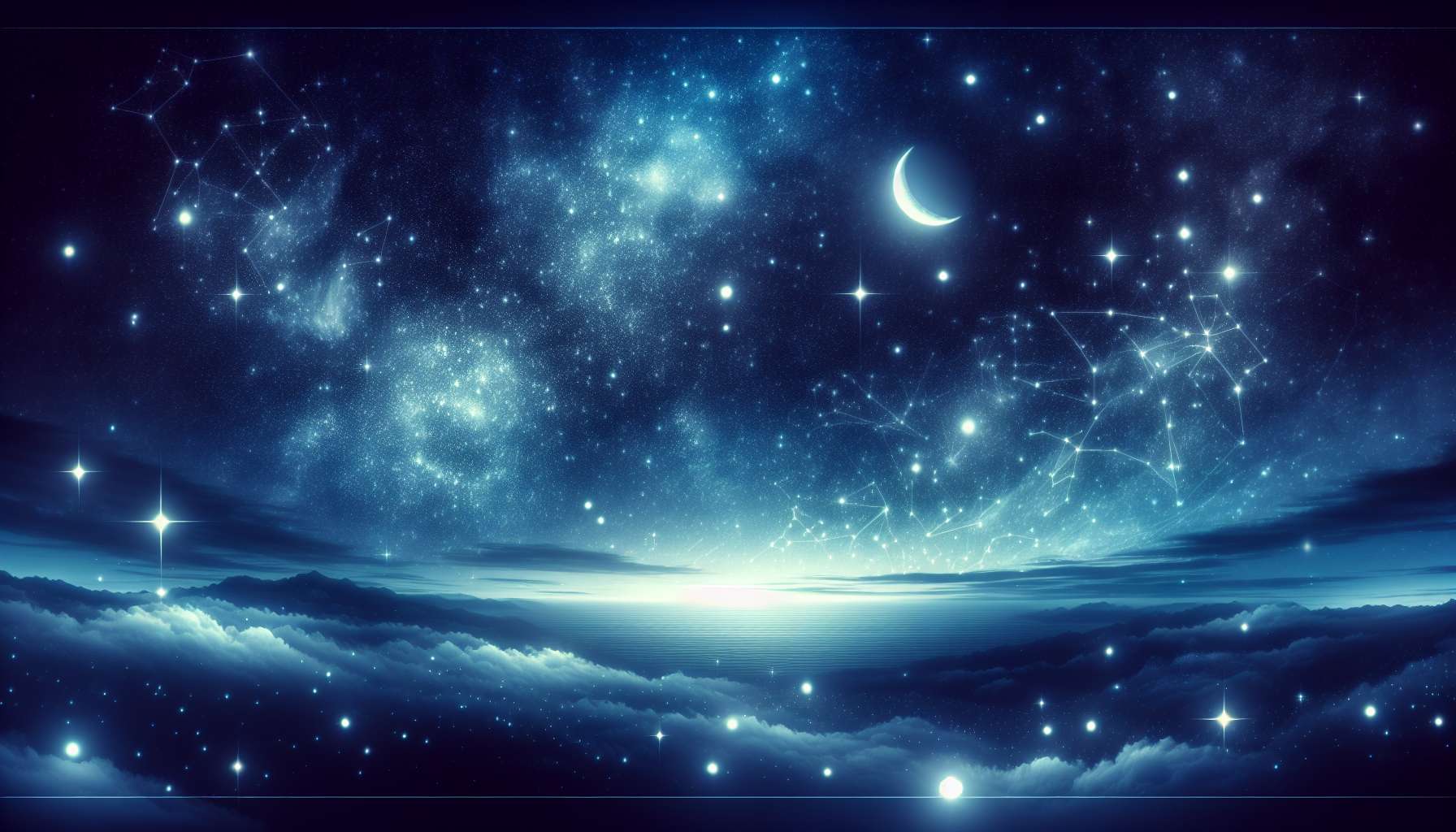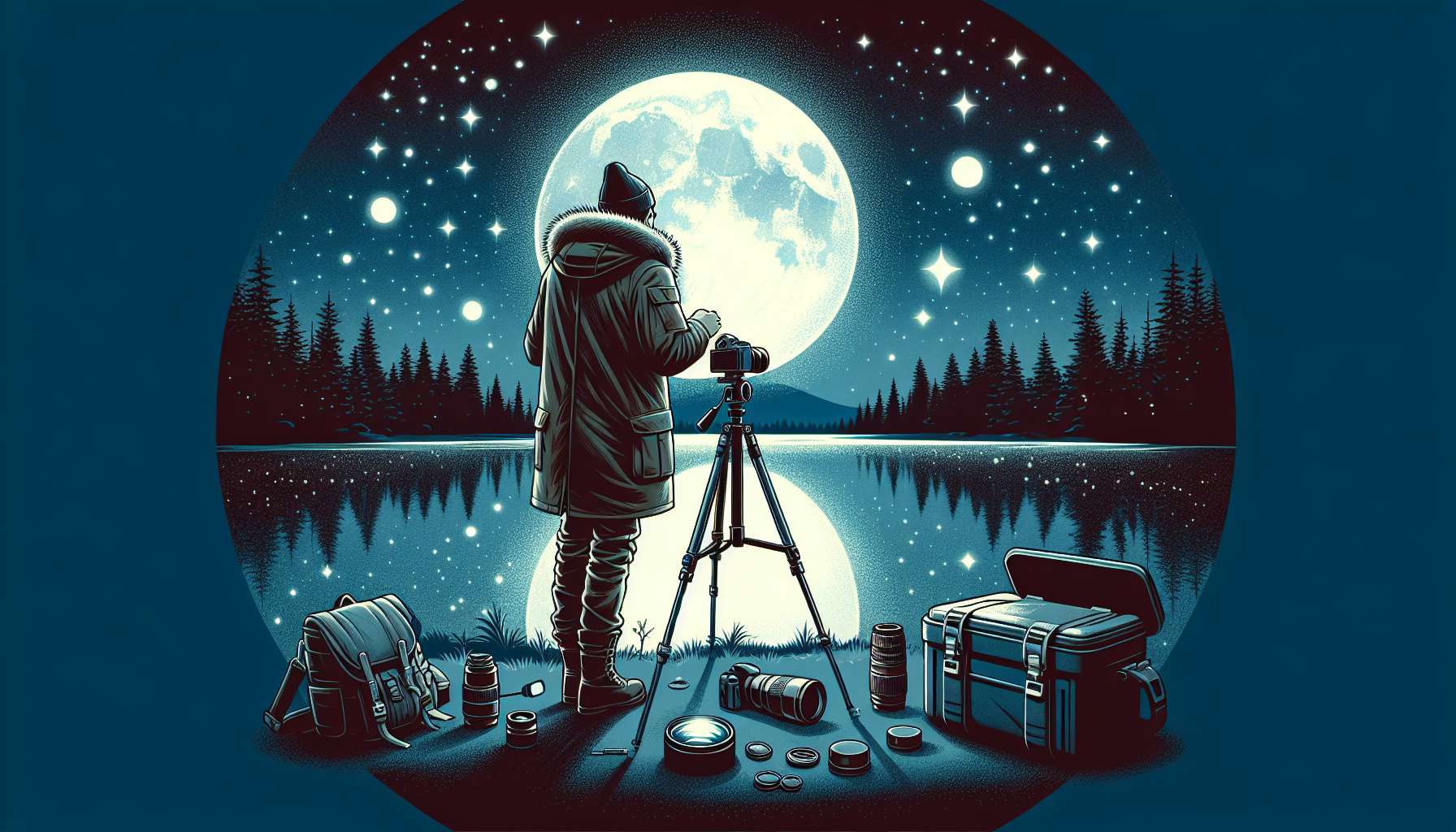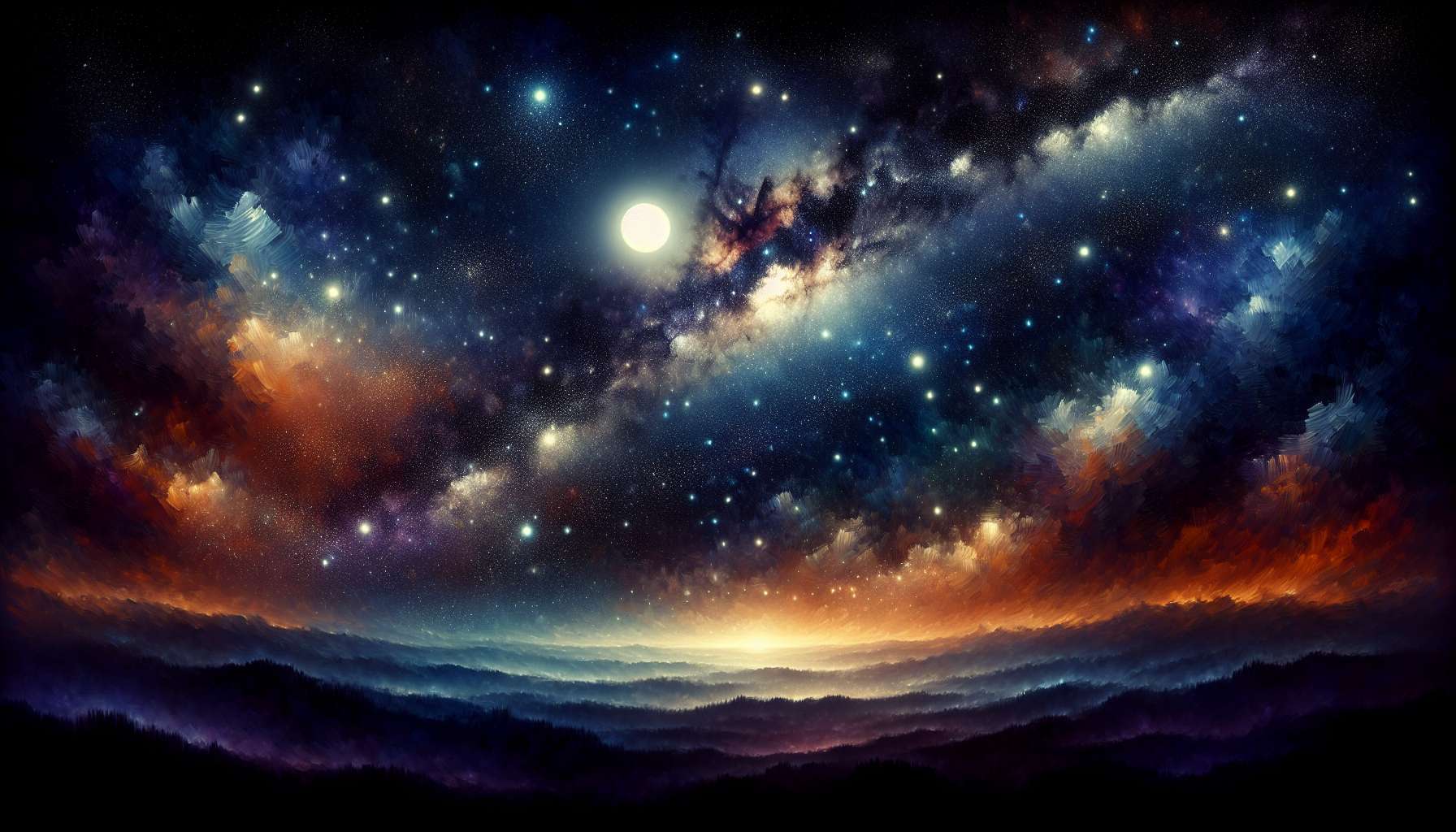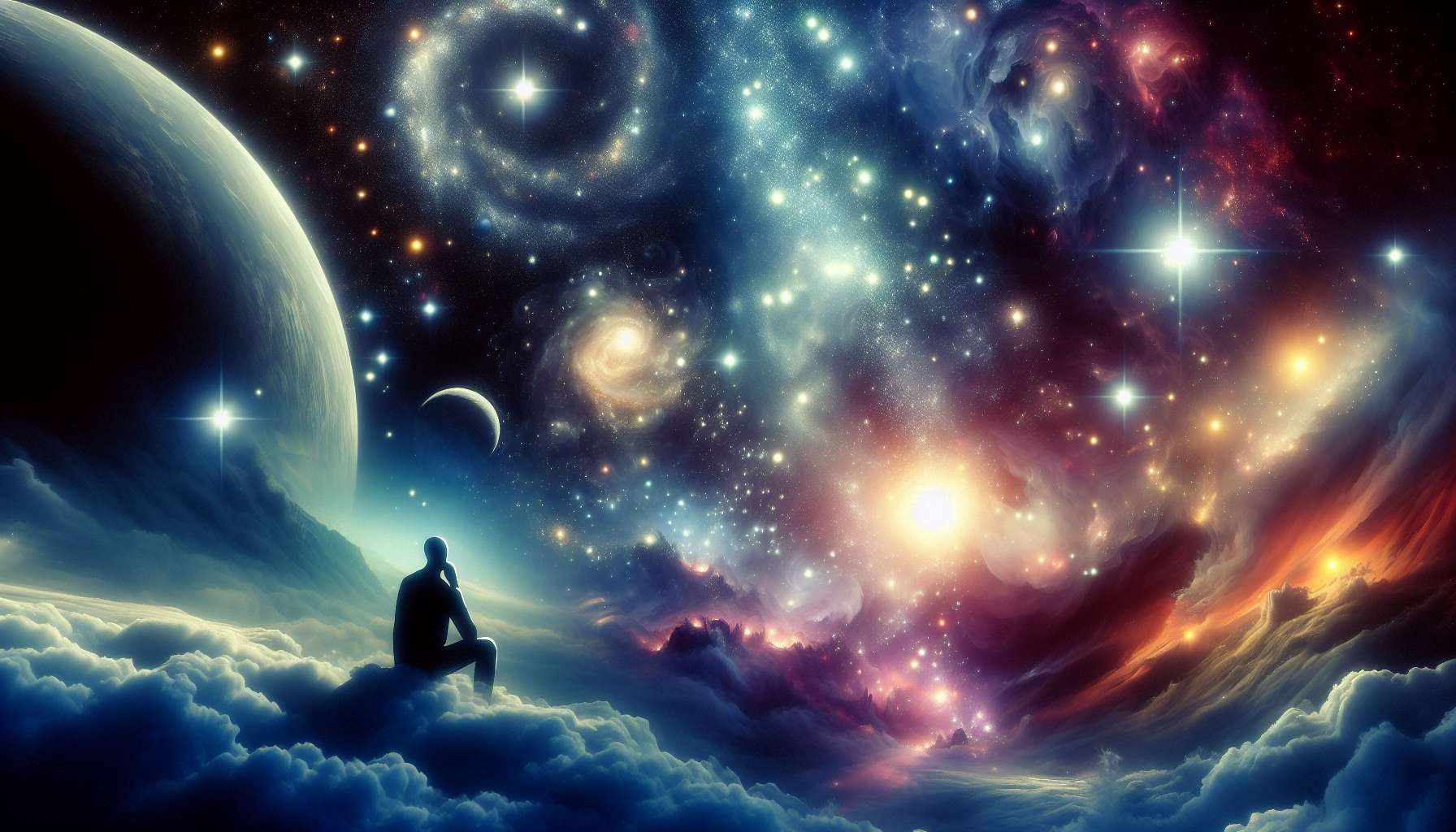Unraveling the Enigmatic Charms of Starry Night Aesthetics
Picture a serene night sky, adorned with twinkling stars, a mesmerizing sight that has captivated humanity for centuries. The concept of ‘Starry Night Aesthetics‘ delves into the beauty, symbolism, and emotional impact of gazing at the stars. It encompasses a wide array of artistic, philosophical, and cultural interpretations that explore the profound connection between humans and the cosmos. In this comprehensive guide, we will unravel the enigmatic charms of Starry Night Aesthetics, delving into its historical significance, modern applications, and the timeless allure it holds.
The Historical Tapestry of Starry Night Aesthetics
The fascination with celestial bodies has deep roots in human history, spanning across civilizations and cultures. From ancient astronomers who mapped the stars to poets and artists who found inspiration in the night sky, the allure of the cosmos has been a timeless muse. One of the most iconic representations of Starry Night Aesthetics is Vincent van Gogh’s masterpiece, “The Starry Night,” painted in 1889. This painting has become a symbol of the emotional intensity and spiritual depth that can be evoked by the night sky.

Van Gogh’s swirling brushstrokes and vibrant colors capture the tumultuous beauty of the night sky, blending reality with imagination. The painting has inspired countless artists and thinkers, sparking discussions about the intersection of art, science, and spirituality. The historical significance of ‘Starry Night Aesthetics’ lies in its ability to transcend boundaries and evoke universal emotions that resonate with people across time and space.
The Psychology of Starry Night Aesthetics
Psychologists have long been intrigued by the emotional impact of viewing the night sky and its influence on human behavior. Studies have shown that stargazing can have a calming effect on the mind, reducing stress and anxiety. The vastness of the cosmos and the infinitude of stars can evoke feelings of wonder, awe, and insignificance, prompting introspection and contemplation.
Furthermore, the symbolism of stars as guiding lights or sources of hope and inspiration has been deeply ingrained in human consciousness. The concept of wishing upon a star or seeking guidance from the heavens reflects our innate desire for connection and meaning in a vast and sometimes chaotic world. Starry Night Aesthetics thus taps into our primal instincts and stirs our deepest emotions, offering solace and introspection in the quiet solitude of the night.
The Cultural Significance of Starry Night Aesthetics
Across cultures and traditions, the night sky has held a central place in mythologies, folklore, and rituals. From ancient civilizations that worshiped celestial bodies as gods to modern astronomers who unravel the mysteries of the universe, the cultural significance of Starry Night Aesthetics is vast and diverse. In many cultures, the stars are seen as symbols of guidance, wisdom, and divine presence, influencing beliefs and shaping narratives.
For example, in Native American traditions, the stars are believed to be the spirits of ancestors watching over their descendants. In Chinese folklore, the stars represent the souls of lovers separated by destiny, destined to reunite in the afterlife. These cultural interpretations enrich our understanding of the night sky and add layers of meaning to the concept of Starry Night Aesthetics.
The Modern Interpretations of Starry Night Aesthetics
In the age of technology and digital media, the allure of Starry Night Aesthetics has found new expressions and interpretations. From astrophotography that captures the beauty of the night sky to virtual reality experiences that simulate stargazing, modern technologies have enabled us to explore the cosmos in innovative ways. Websites and apps that offer real-time views of the night sky, complete with constellations and celestial events, have made stargazing accessible to a wider audience.
Moreover, contemporary artists continue to draw inspiration from the night sky, creating mesmerizing works that blend traditional techniques with modern sensibilities. The fusion of art, science, and technology in the realm of Starry Night Aesthetics reflects our ongoing fascination with the mysteries of the universe and our quest for meaning and connection.
The Controversies and Debates Surrounding Starry Night Aesthetics
While the beauty and allure of Starry Night Aesthetics are widely appreciated, there are also controversies and debates surrounding its interpretation and significance. Some critics argue that romanticizing the night sky perpetuates outdated myths and superstitions, reinforcing a sense of mysticism and irrationality. Others question the ethics of commercializing the cosmos, turning celestial bodies into commodities for profit.
Moreover, the impact of light pollution on the visibility of stars and celestial events has raised concerns about the preservation of dark skies and the need for sustainable practices. The debate over the cultural appropriation of indigenous cosmologies and the lack of diversity in the representation of celestial bodies also highlights the complexities of Starry Night Aesthetics in a globalized world.
Expert Opinions on Starry Night Aesthetics
To gain further insights into the enigmatic charms of Starry Night Aesthetics, we reached out to experts in the fields of art, psychology, and astronomy for their perspectives on the topic. Dr. Elizabeth Smith, an art historian specializing in the works of Vincent van Gogh, emphasized the emotional intensity and spiritual depth of “The Starry Night,” noting how the painting continues to inspire artists and viewers alike.
Dr. James Johnson, a psychologist studying the therapeutic benefits of stargazing, highlighted the calming effect of the night sky on the mind and its potential to reduce stress and anxiety. He noted that the symbolism of stars as sources of hope and inspiration can have a profound impact on emotional well-being and mental health.
Dr. Sarah Lee, an astronomer researching the cultural significance of the night sky, underscored the universal appeal of Starry Night Aesthetics and its ability to transcend boundaries of language, culture, and belief. She noted that the beauty of the cosmos has the power to evoke wonder, awe, and contemplation in people of all backgrounds.
Conclusion: Embracing the Timeless Allure of Starry Night Aesthetics
As we journey through the intricate tapestry of Starry Night Aesthetics, we discover a profound connection between humans and the cosmos, a bond that transcends time and space. From the historical roots of stargazing to the modern interpretations of the night sky, the allure of Starry Night Aesthetics continues to captivate and inspire us.
Whether we gaze at the stars in wonder, create art that reflects the beauty of the cosmos, or seek solace in the quiet solitude of the night, Starry Night Aesthetics reminds us of our place in the vast and mysterious universe. It is a timeless muse that sparks our imagination, stirs our emotions, and invites us to contemplate the wonders of creation.
As we embrace the enigmatic charms of Starry Night Aesthetics, let us remember the words of Vincent van Gogh, who once said, “I often think that the night is more alive and more richly colored than the day.” In the quiet darkness of the night, let us find solace, inspiration, and a sense of wonder that transcends the boundaries of our earthly existence.




